Home>Storage Ideas>Kitchen Storage>9 Things Every Home Cook Should Have In Their Kitchens
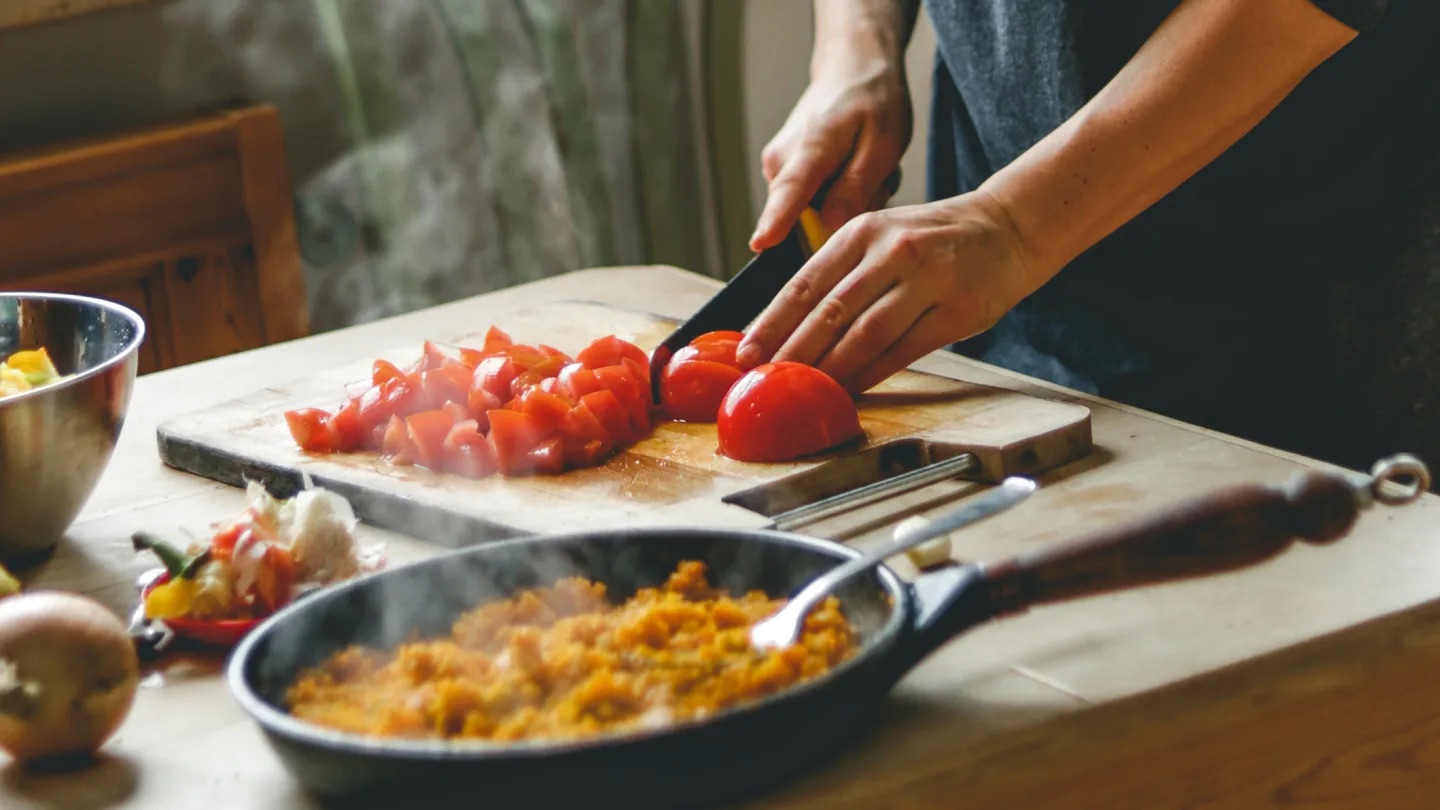

Kitchen Storage
9 Things Every Home Cook Should Have In Their Kitchens
Modified: October 20, 2024
Discover 9 essential kitchen storage ideas that every home cook should have in their kitchens. Maximize your space and keep everything organized with these innovative storage solutions.
(Many of the links in this article redirect to a specific reviewed product. Your purchase of these products through affiliate links helps to generate commission for Storables.com, at no extra cost. Learn more)
Essential Kitchen Tools
When it comes to cooking, having the right tools can make all the difference in the world. Whether you’re an aspiring chef or a seasoned home cook, there are certain kitchen tools that every cook should have in their arsenal. These tools can help you prepare meals efficiently and effortlessly, ensuring that your cooking endeavors are a breeze. Here are nine essential kitchen tools that no home cook should be without:
- Chef’s Knife: A high-quality chef’s knife is the most important tool in any kitchen. It’s versatile, allowing you to chop, slice, and dice with precision. Look for a knife with a comfortable grip and a sharp blade.
- Cutting Board: A durable cutting board is essential for food preparation. Opt for a board made of wood or plastic, which is easy to clean and won’t dull your knives.
- Mixing Bowls: Having a set of mixing bowls in varying sizes is crucial for mixing ingredients, making marinades, and preparing salads. Look for bowls that are lightweight and easy to handle.
- Measuring Cups and Spoons: Accurate measurements are key to successful cooking and baking. Invest in a set of measuring cups and spoons made of stainless steel or sturdy plastic.
- Kitchen Scale: A kitchen scale is a must-have tool for precise measurements, especially when it comes to baking. It allows you to weigh ingredients accurately, resulting in consistent and delicious results.
- Set of Pots and Pans: A good set of pots and pans is essential for cooking a variety of dishes. Look for pots and pans with a non-stick coating and sturdy handles for easy cooking and cleanup.
- Non-Stick Skillet: A non-stick skillet is perfect for cooking delicate foods like eggs and fish. It prevents sticking and ensures even cooking while requiring less oil or butter.
- Baking Sheet: A baking sheet is essential for baking cookies, roasting vegetables, and making sheet pan meals. Look for a sturdy sheet with a non-stick coating for easy release of foods.
- Wooden Spoon: A wooden spoon is a versatile tool that can be used for stirring, mixing, and serving. Look for a spoon made of hardwood, as it’s durable and heat-resistant.
Having these essential kitchen tools in your arsenal will make cooking a breeze and allow you to unleash your culinary creativity. They will not only save you time and effort but also help you achieve delicious and professional-quality meals in the comfort of your own kitchen. So, stock up on these must-have tools and get ready to elevate your cooking game!
Key Takeaways:
- Essential Kitchen Tools for Every Home Cook
Having the right kitchen tools, such as a chef’s knife, cutting board, and mixing bowls, can make cooking a breeze and unleash your culinary creativity. Invest in these essential tools to elevate your cooking game! - Time-Saving and Effortless Cooking
Equip yourself with a non-stick skillet, baking sheet, and wooden spoon to save time and effort in the kitchen. These versatile tools will help you create delicious meals with ease and confidence.
Chef’s Knife
A chef’s knife is the backbone of any kitchen. It is an essential tool that every home cook should have in their collection. With its versatility, precision, and ease of use, a chef’s knife can make your cooking experience more enjoyable and efficient.
When it comes to selecting a chef’s knife, there are a few key factors to consider. Firstly, you want to choose a knife with a comfortable grip. Look for a knife that feels balanced in your hand and has an ergonomic handle that gives you a secure grip.
Next, the blade is crucial. You want a blade that is sharp and retains its sharpness for a long time. High-carbon stainless steel blades are a popular choice, as they offer durability and maintain a sharp edge. Additionally, a knife with a full tang, meaning the blade extends through the handle, provides extra strength and stability.
The length of the blade is also important. While the most common chef’s knife size is around 8 inches, you can choose a longer or shorter blade based on your personal preference and the tasks you frequently perform in the kitchen. A longer blade allows for more precise slicing, while a shorter blade offers better maneuverability.
One of the advantages of owning a chef’s knife is its versatility. It can handle a variety of tasks, from chopping vegetables to slicing meat. With its broad and curved blade, a chef’s knife can easily handle larger ingredients, such as melons or butternut squash. It can also tackle delicate tasks like mincing herbs or creating thin slices of garlic.
Using a chef’s knife properly involves proper technique and care. When using a chef’s knife, hold it with a firm grip while keeping your fingers curled under and away from the blade. This grip gives you better control and reduces the risk of accidents. Additionally, regularly sharpening and honing your knife will ensure its performance and prolong its lifespan.
A high-quality chef’s knife is an investment that will improve your cooking experience and enhance your culinary skills. With its versatility, precision, and durability, a chef’s knife will become your go-to tool in the kitchen. So, equip yourself with a reliable chef’s knife and let it become an extension of your hand as you prepare delicious meals with ease.
Cutting Board
A cutting board is an essential kitchen tool that every home cook should have. It provides a sturdy and safe surface for chopping, slicing, and dicing ingredients, protecting both your countertop and your knives.
When choosing a cutting board, there are different materials to consider. Wood and plastic are the most popular options, each with its own benefits. Wooden cutting boards are known for their durability and natural beauty. They are gentle on knives, which helps to maintain their sharpness for longer. Additionally, wooden boards have natural antimicrobial properties, making them more resistant to bacterial growth. However, they require more maintenance and care, such as regularly oiling and proper drying to prevent warping or cracking.
Plastic cutting boards, on the other hand, are lightweight, easy to clean, and dishwasher safe. They are less prone to warping and can withstand heavy use. Plastic boards are a good choice for cutting raw meats and other potentially contaminated ingredients, as they are non-porous and can be easily sanitized. However, they may show knife marks more quickly and may not have the same visual appeal as wooden boards.
The size of the cutting board is also important. It should be large enough to provide ample space for chopping ingredients without overcrowding. However, it shouldn’t be too large that it becomes difficult to handle or store. Consider the available counter space in your kitchen and choose a size that suits your needs.
Proper care and maintenance of your cutting board are essential to prolong its lifespan and ensure food safety. Regardless of the material, always wash the cutting board with hot soapy water after each use, making sure to remove any food particles. Wooden cutting boards should not be soaked in water for long periods, as this can cause damage. Instead, wipe them clean and dry them thoroughly after washing. Plastic cutting boards can be safely washed in the dishwasher.
It’s important to note that while cutting boards are versatile, it’s best to use separate boards for different types of ingredients. This helps to avoid cross-contamination between raw meats, vegetables, and other food items.
Ultimately, investing in a good cutting board will make your food preparation easier and safer. Whether you opt for a wooden or plastic board, choose one that suits your needs, take proper care of it, and enjoy the convenience and protection it provides as you create delicious meals in your kitchen.
Mixing Bowls
Mixing bowls are a staple in any kitchen and are essential for a variety of cooking and baking tasks. From whisking together ingredients to marinating meats or tossing salads, having a set of mixing bowls in your kitchen will greatly simplify your meal prep process.
When selecting mixing bowls, there are a few key considerations to keep in mind. First, choose bowls made of durable and non-reactive materials. Stainless steel, glass, and ceramic are popular choices. Stainless steel bowls are lightweight, resistant to stains and odors, and are often dishwasher safe. Glass bowls are a classic option that allows you to see the contents inside and are microwave-safe. Ceramic bowls are elegant and can double as serving bowls, but they may be heavier and more delicate.
It’s also important to consider the size and quantity of the bowls in your set. Having a variety of sizes, from small to large, will ensure that you have the right bowl for whatever task you’re tackling. Small bowls are perfect for whisking dressings or beating eggs, while larger bowls are ideal for mixing dough or tossing large batches of salad.
Another feature to look for in mixing bowls is a non-slip base or grip. This ensures that the bowls stay steady on your countertop while you’re whisking or mixing vigorously. Plastic or silicone bottoms can provide that extra stability and prevent any accidents.
One of the advantages of using mixing bowls is their versatility. They can be used not only for mixing ingredients but also for storing leftovers, serving family-style dishes, or even as a makeshift double boiler by placing them over simmering water. The large surface area and depth of mixing bowls make them perfect for tossing salads or marinating meats, allowing you to achieve even distribution of flavors.
When caring for your mixing bowls, check the manufacturer’s instructions for any specific cleaning recommendations. Most mixing bowls are dishwasher safe, but some materials may require handwashing. Avoid using abrasive brushes or scouring pads that could scratch the surface of the bowls.
Having a set of quality mixing bowls in your kitchen will make your cooking and baking experiences more efficient and enjoyable. They will provide you with the necessary tools to effortlessly mix, toss, and store your ingredients, elevating your culinary creations to new heights. So, invest in a set of mixing bowls that suits your needs and get ready to unlock your inner chef!
Measuring Cups and Spoons
When it comes to cooking and baking, accurate measurements are crucial for achieving consistent and delicious results. That’s where measuring cups and spoons come in. These essential kitchen tools allow you to precisely measure both dry and liquid ingredients, ensuring that your recipes turn out just right every time.
When selecting measuring cups and spoons, look for a set that is made of durable and food-grade materials. Stainless steel or sturdy plastic are popular and reliable options. Avoid flimsy or cheaply made sets that may not provide accurate measurements or may break easily.
A measuring cup set typically includes a range of sizes, from 1/4 cup to 1 cup, while a measuring spoon set typically includes measurements from 1/8 teaspoon to 1 tablespoon. Having a set with a variety of sizes will enable you to measure precisely for any recipe, whether it’s a pinch of spices or a cup of flour.
One of the advantages of using measuring cups and spoons is their ability to provide consistent measurements. This is especially important when following a recipe, as slight variations in measurements can significantly affect the outcome of a dish. Measuring cups and spoons ensure that you’re using the right amount of each ingredient, leading to perfectly balanced flavors and textures.
When measuring dry ingredients, it’s important to level off the ingredient using a straight edge, such as a knife, to remove any excess. This ensures an accurate measurement. For liquid ingredients, place the measuring cup on a flat surface and bend down to check the measurement at eye level for accuracy.
Caring for your measuring cups and spoons is relatively simple. Most sets can be cleaned in the dishwasher, but it’s always a good idea to check the manufacturer’s instructions. If washing by hand, use warm soapy water and dry them thoroughly to prevent any lingering moisture.
Having a reliable set of measuring cups and spoons in your kitchen will not only improve the accuracy of your cooking and baking but also give you the confidence to try new recipes and experiment with flavors. So, invest in a quality set, and let the precise measurements guide you in creating culinary masterpieces.
Invest in a good set of knives, including a chef’s knife, paring knife, and serrated knife. Quality knives will make food prep much easier and safer.
Kitchen Scale
A kitchen scale is a valuable tool in any home cook’s kitchen, especially when it comes to precise measurements. Unlike measuring cups and spoons, which rely on volume, a kitchen scale provides accurate measurements by weighing ingredients. Whether you’re a seasoned baker or a health-conscious cook, a kitchen scale is a must-have tool that will elevate your culinary skills.
When choosing a kitchen scale, look for one that has a capacity suitable for your needs. Most kitchen scales have a capacity of up to 11 or 12 pounds, which is sufficient for everyday cooking and baking. However, if you plan on weighing larger items or bulk ingredients, consider a scale with a higher capacity.
Accuracy is another crucial factor to consider. Look for a scale that provides measurements in both metric (grams) and Imperial (ounces and pounds) units. Digital scales are popular because they offer easy-to-read displays and precise measurements. Some scales even have additional features, such as tare functions, which allow you to reset the scale to zero after placing a container on it, making it easier to measure ingredients without including the weight of the container.
A kitchen scale is particularly useful when it comes to baking. Baking is a science, and precise measurements are critical for successful outcomes. Weighing ingredients like flour and sugar ensures consistency in your baked goods, resulting in light and fluffy cakes or perfectly crisp cookies.
A kitchen scale is not only beneficial for baking but also for other cooking endeavors. It allows you to portion ingredients accurately, helping you maintain portion control and adhere to specific dietary requirements. Whether you’re measuring protein for a balanced meal or portioning out ingredients for a recipe, a kitchen scale is a valuable tool in maintaining precision.
Caring for your kitchen scale is relatively easy. Clean it with a soft, damp cloth after each use and store it in a dry place. Be cautious not to immerse the scale in water or expose it to extreme heat or cold, as this can damage the electronics.
Investing in a kitchen scale will improve your cooking precision and give you the confidence to tackle new recipes with ease. Whether you’re baking, cooking, or portioning ingredients, a kitchen scale will help you achieve consistent results and take your culinary creations to the next level.
Set of Pots and Pans
A set of pots and pans is a kitchen essential that every home cook should have. Whether you’re simmering soups, sautéing vegetables, or searing meats, having the right set of cookware can make a significant difference in your cooking experience.
When choosing a set of pots and pans, consider the material. Stainless steel, non-stick, and cast iron are popular options to consider, each with their own advantages.
Stainless steel pots and pans are durable and resistant to rust and staining. They distribute heat evenly and are often compatible with induction cooktops. Stainless steel is also a non-reactive material, meaning it won’t interact with acidic or alkaline ingredients.
Non-stick pans have a coated surface that prevents food from sticking, making them ideal for cooking delicate foods like eggs, pancakes, and fish. They require less oil or butter, making your meals healthier. However, take extra care not to use metal utensils that can scratch the non-stick coating.
Cast iron pans, known for their excellent heat retention and distribution, are perfect for dishes requiring high heat or long simmering times. They develop a naturally non-stick surface over time with proper seasoning and are great for both stovetop and oven use.
When it comes to the sizes of pots and pans, look for a set that includes a variety of sizes to suit your cooking needs. A small saucepan is perfect for heating up sauces or melting butter, while a stockpot will come in handy for making soups or cooking pasta. Having a range of sizes allows for versatility in your cooking endeavors.
Another factor to consider is the handles. Look for pots and pans with sturdy and heat-resistant handles that provide a comfortable grip. Stay-cool handles or handles coated with silicone are great features to ensure safety in the kitchen. Additionally, handles that are oven-safe allow for seamless transitions from stovetop to oven.
Caring for your pots and pans will extend their lifespan. Regularly clean them with mild soap and warm water, and use non-abrasive sponges or brushes to avoid scratching the surface. Some pans may require seasoning or proper oiling to maintain their non-stick properties or prevent rusting.
Investing in a quality set of pots and pans will enhance your cooking experience and allow you to prepare a variety of dishes with ease. With the right cookware, you’ll achieve even heat distribution and precise cooking control, resulting in delicious meals that will impress both family and friends.
Non-Stick Skillet
A non-stick skillet is a true workhorse in the kitchen, and every home cook should have one in their cookware collection. Designed with a special non-stick coating, this versatile pan makes cooking delicate foods and preventing ingredients from sticking effortless.
One of the primary benefits of a non-stick skillet is its ability to reduce the need for excessive oils or butter during cooking. The non-stick surface allows food to easily slide off the pan, making it a healthier cooking option. It’s an ideal choice for sautéing vegetables, scrambling eggs, or searing fish or chicken breasts with minimal oil.
The non-stick coating also simplifies the cleanup process. Since food is less likely to stick to the surface, you can easily wipe away any residue with a sponge or cloth. Be sure to use non-abrasive utensils and avoid using metal cooking tools that could scratch or damage the coating.
When choosing a non-stick skillet, look for one that is made of durable materials and has a reliable non-stick coating. Opt for pans with a thick base, as they distribute heat evenly and prevent hot spots, ensuring consistent cooking results. Additionally, consider the size of the skillet based on your cooking needs and the number of servings you typically prepare.
Handles are an essential feature to consider when selecting a non-stick skillet. Look for a pan with a handle that provides a comfortable grip and stays cool on the stovetop. Heat-resistant handles made from materials like silicone help prevent the risk of burns and make it easier to maneuver the skillet during cooking.
Proper care and maintenance will prolong the lifespan of your non-stick skillet. Avoid using metal utensils, as they can scratch the coating. Instead, opt for silicone, plastic, or wooden utensils that are gentle on the surface. When cleaning, use a non-abrasive sponge or cloth with mild soap and warm water. Avoid harsh scrubbing pads or abrasive cleaners that can damage the non-stick surface.
A non-stick skillet is a versatile and convenient tool in the kitchen. From quick stovetop meals to delicate recipes, it allows you to cook with ease and confidence. With its ability to reduce the need for excessive oil and ensure easy cleanup, a non-stick skillet is an essential addition to every home cook’s kitchen arsenal.
Baking Sheet
A baking sheet, also known as a cookie sheet or baking tray, is an essential kitchen tool that no home cook should be without. From baking cookies and pastries to roasting vegetables and toasting nuts, a baking sheet is a versatile and indispensable tool in the kitchen.
When selecting a baking sheet, look for one that is sturdy and made from a material that conducts heat well. Aluminum is a popular choice due to its excellent heat distribution and durability. It also resists rust and warping, ensuring that your baking sheet will last for years to come. Non-stick baking sheets are also available, which make for easy food release and effortless cleanup.
The size of the baking sheet is an important consideration. Standard sizes are typically around 13×18 inches, but you can also find half-sheet and quarter-sheet sizes. Choose a size that fits well in your oven and is suitable for your baking needs. A larger baking sheet will allow you to bake more cookies or roast larger quantities of vegetables in a single batch, saving you time and effort.
Baking sheets come in various styles, including rimmed and rimless. Rimmed baking sheets, with a raised edge all around, are particularly useful for baking items that may release liquids or fats, preventing any drips or spills in your oven. Rimless baking sheets are great for tasks like sliding a pizza onto a hot pizza stone or using as a surface for rolling out dough.
Baking sheets are not just for baking cookies – they can be used for a wide range of culinary tasks. They are perfect for roasting vegetables, creating crispy oven-fried foods, baking sheet pan meals, and even making homemade granola. The flat surface of a baking sheet ensures even heat distribution, resulting in evenly cooked and delicious meals.
To care for your baking sheet, wash it with warm soapy water after each use. If it has a non-stick coating, avoid using abrasive scrubbers or harsh cleaners that could damage the surface. Some baking sheets are also dishwasher-safe, but always check the manufacturer’s instructions to be sure.
A baking sheet is an essential tool for both novice and experienced bakers. Its versatility and practicality make it a must-have item for a variety of cooking tasks. Invest in a quality baking sheet and unlock endless possibilities for creating delicious baked goods and savory dishes in your kitchen.
Wooden Spoon
A wooden spoon is a classic and timeless kitchen tool that has been used for centuries. It is a versatile utensil that every home cook should have in their kitchen arsenal. From stirring and mixing to sautéing and serving, a wooden spoon is a reliable and essential tool for a variety of cooking tasks.
One of the primary benefits of a wooden spoon is its ability to withstand high heat without transferring heat to your hand. Unlike metal spoons, which can become extremely hot when used in high-temperature cooking, wooden spoons remain cool to the touch. This makes them ideal for stirring hot dishes like soups, sauces, or caramelized onions.
Another advantage of a wooden spoon is its gentle touch on food and cookware. While metal spoons can scratch and damage the surfaces of non-stick pans or delicate ingredients, wooden spoons are softer and less abrasive. They help to prevent scratching and keep your cookware in great condition for longer.
The natural smoothness of wood has its benefits too. It’s less likely to react with acidic ingredients, unlike metal spoons that can impart a metallic taste. This makes wooden spoons great for stirring acidic dishes like tomato-based sauces or citrus-infused recipes.
Wooden spoons come in various sizes and shapes to suit different cooking needs. A larger spoon is perfect for stirring large pots or mixing dough, while a smaller spoon is great for tasting and stirring smaller quantities. Choose a shape and size that feels comfortable in your hand and suits the tasks you frequently perform in the kitchen.
When it comes to caring for your wooden spoon, handwashing is recommended to prevent water damage and maintain its integrity. Avoid soaking it in water for prolonged periods and ensure it dries completely before storing. From time to time, you can also treat your wooden spoon with food-grade mineral oil to help moisturize the wood and prevent it from drying out.
A wooden spoon is a kitchen staple that offers both functionality and charm. Its versatility, heat resistance, and gentle touch make it a reliable tool for everyday cooking. So, grab a wooden spoon and let it become an extension of your hand as you stir, mix, and create delicious meals with ease.
Frequently Asked Questions about 9 Things Every Home Cook Should Have In Their Kitchens
Was this page helpful?
At Storables.com, we guarantee accurate and reliable information. Our content, validated by Expert Board Contributors, is crafted following stringent Editorial Policies. We're committed to providing you with well-researched, expert-backed insights for all your informational needs.
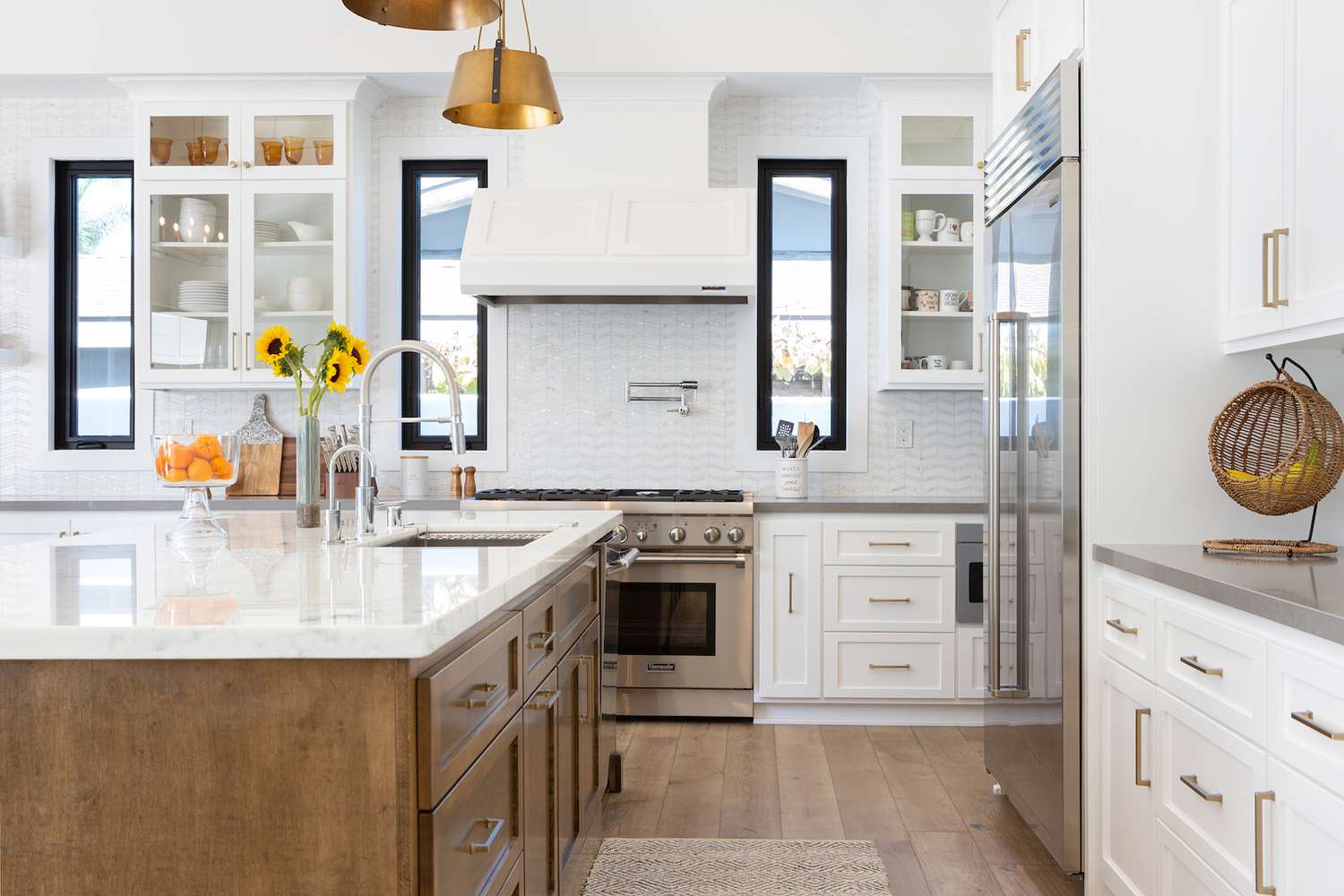
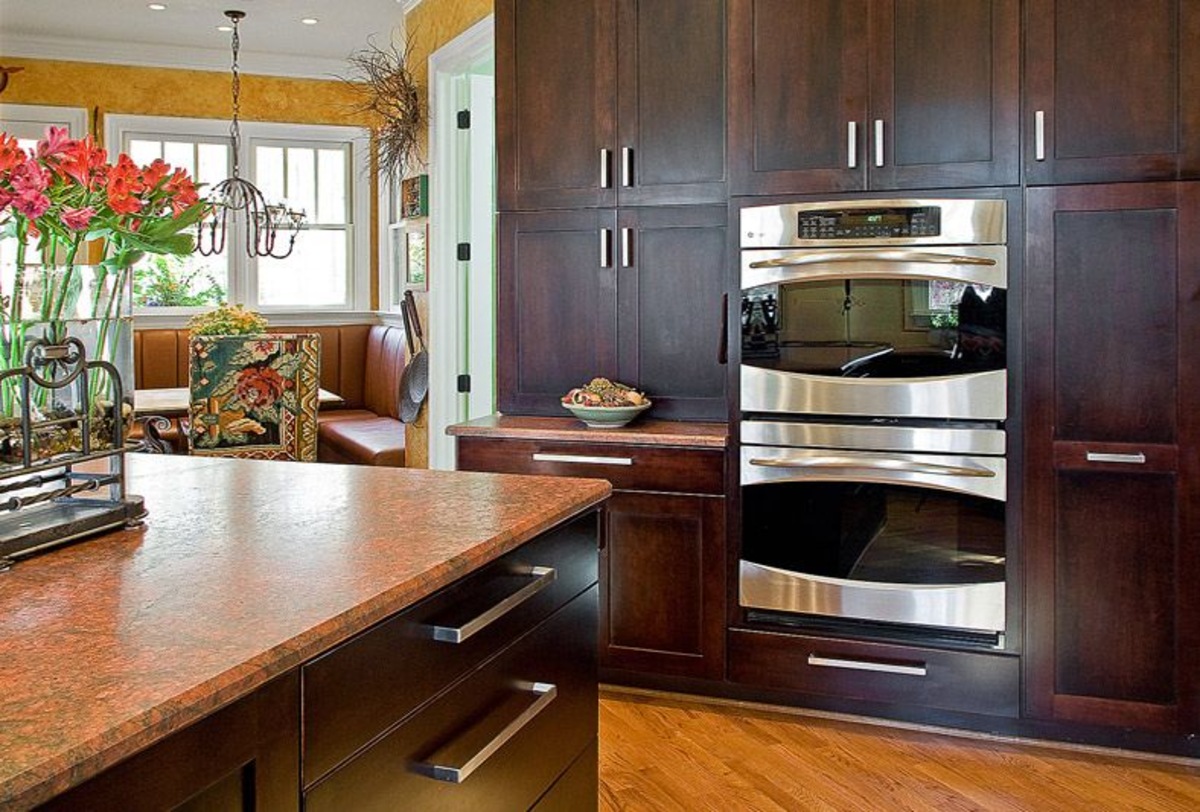

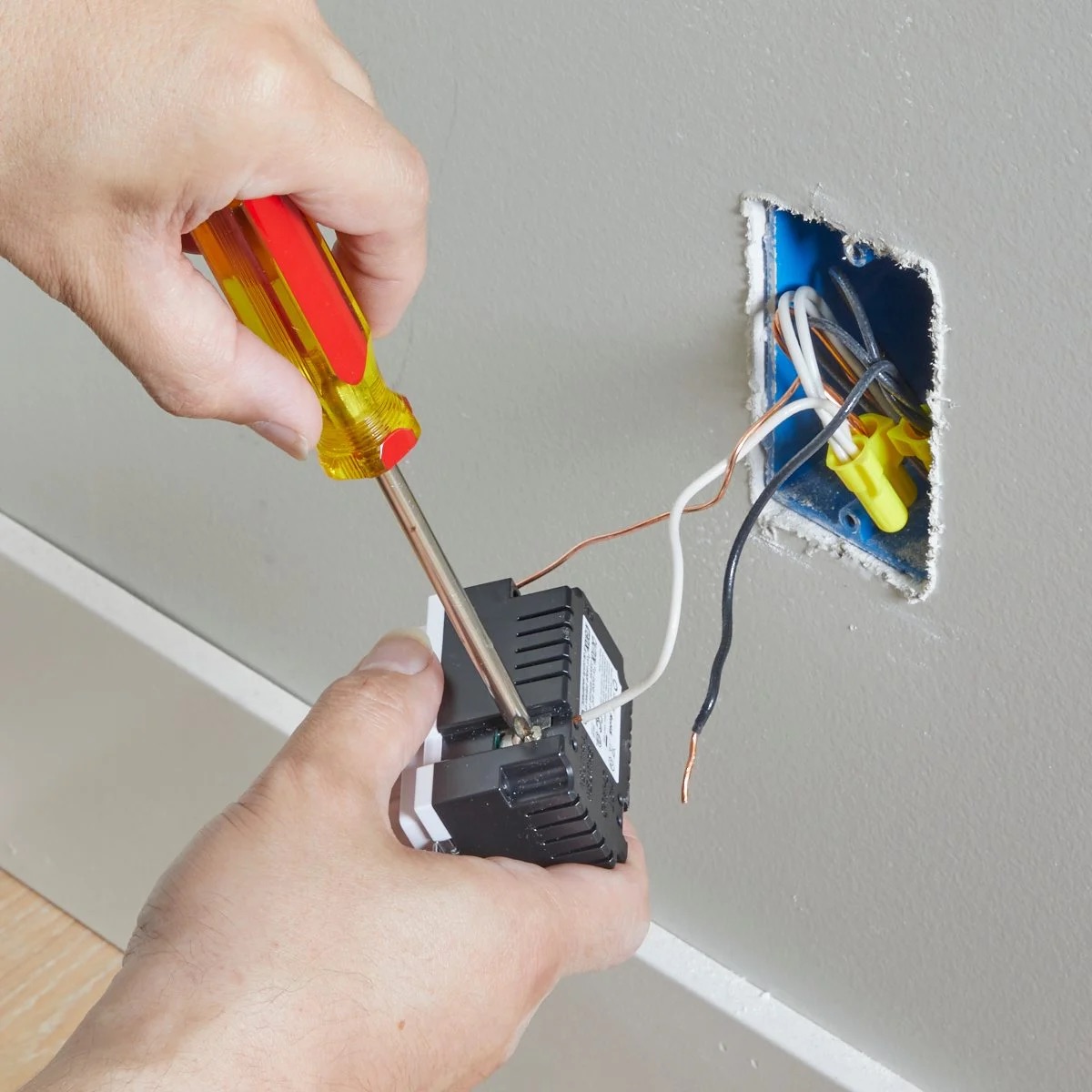


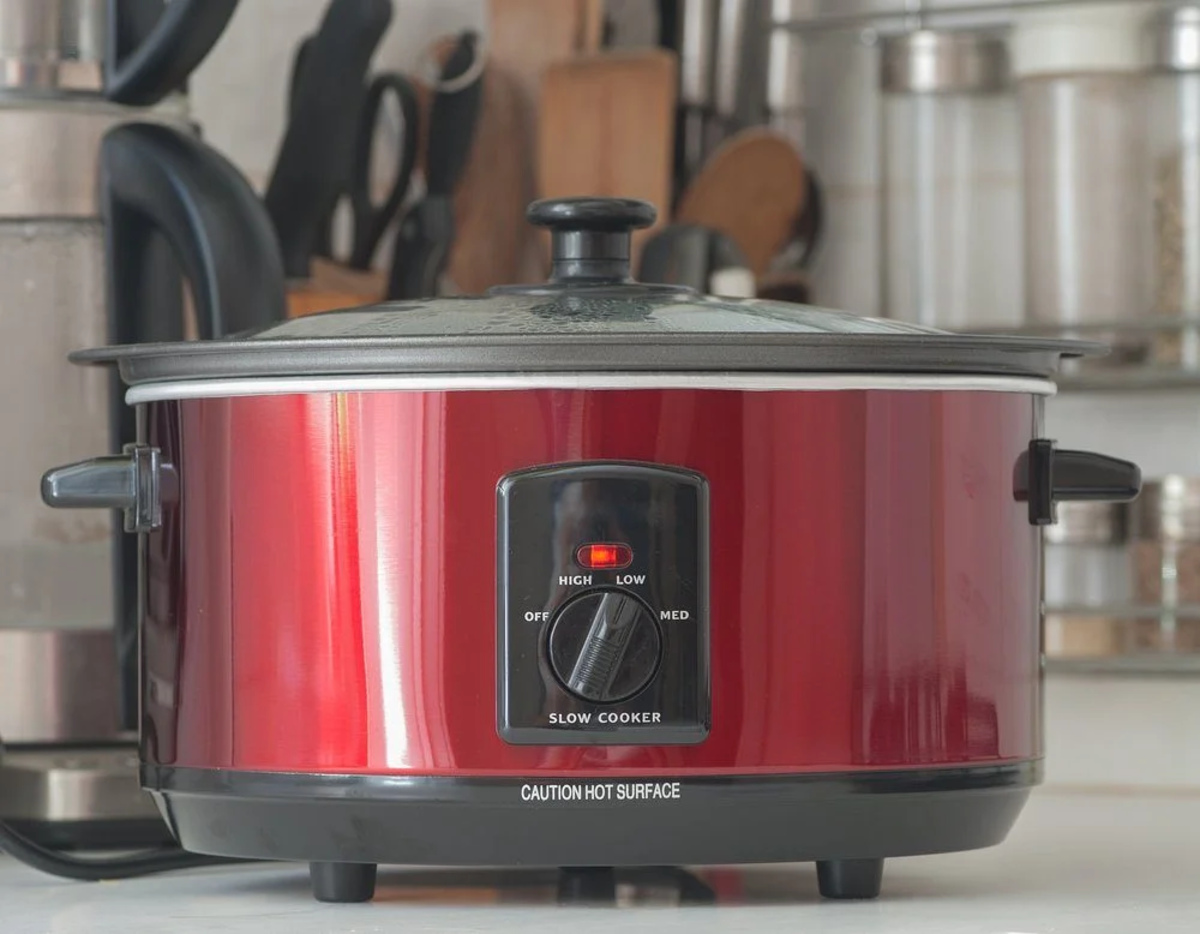
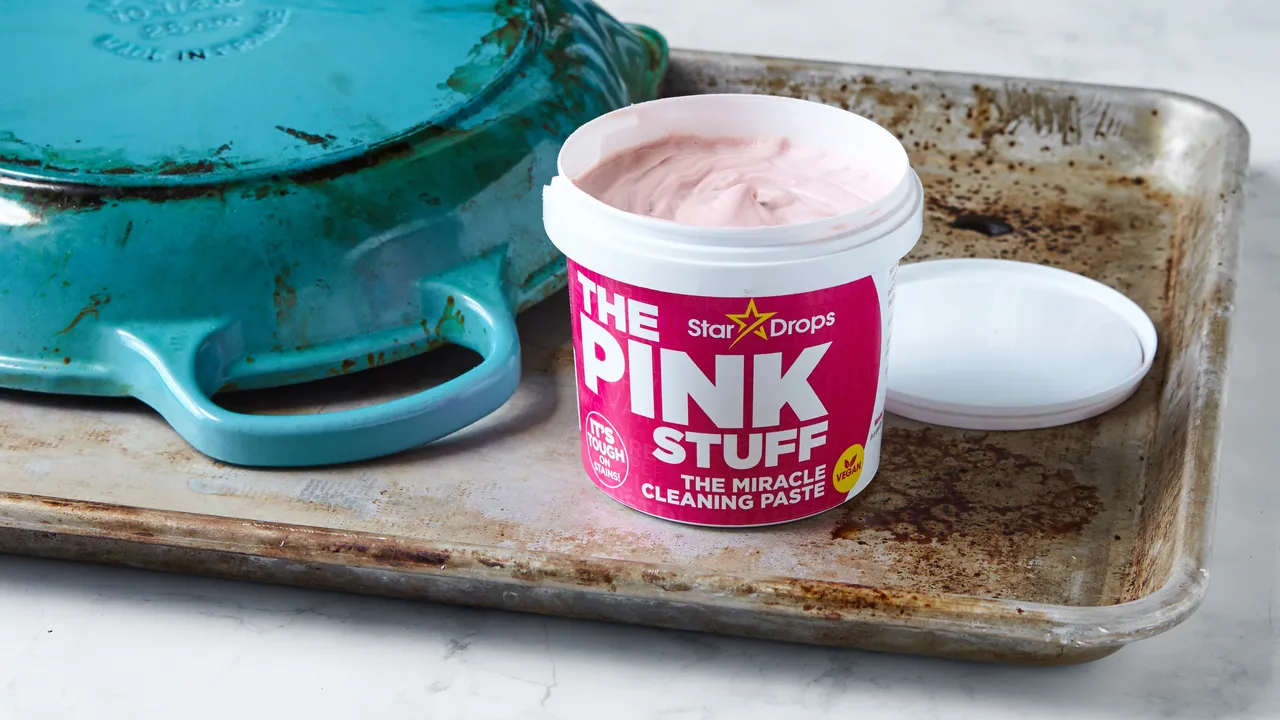

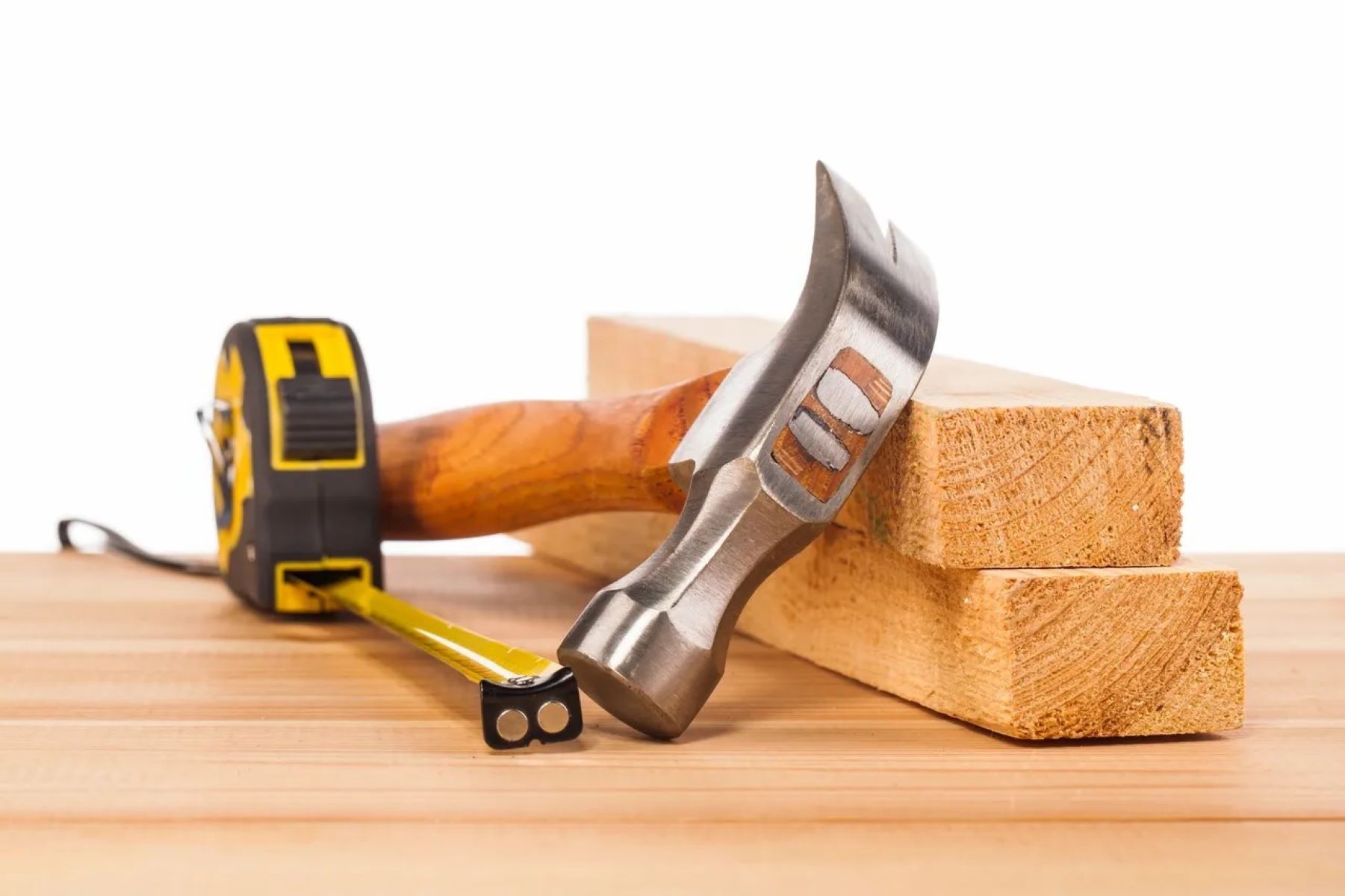

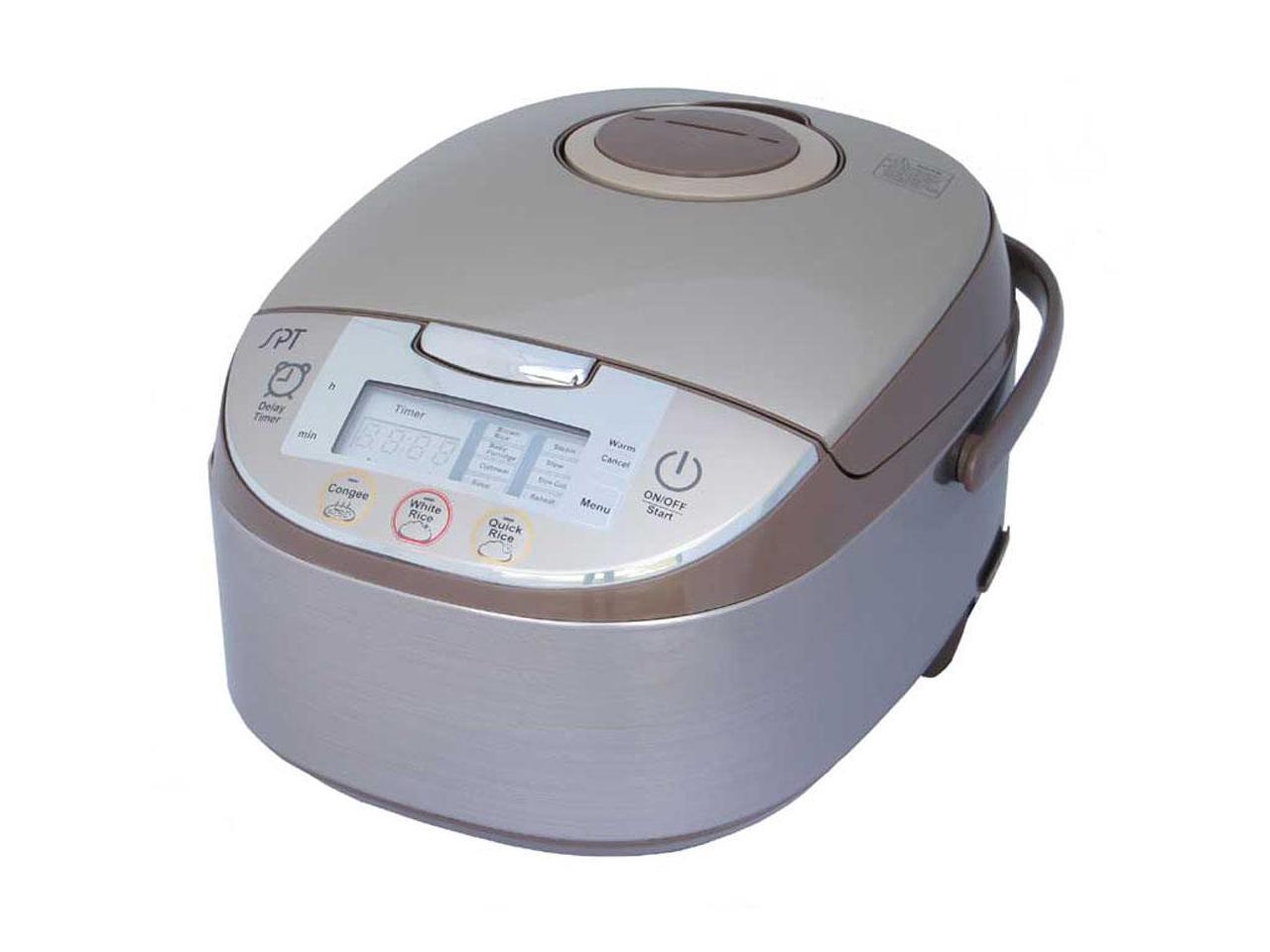


0 thoughts on “9 Things Every Home Cook Should Have In Their Kitchens”